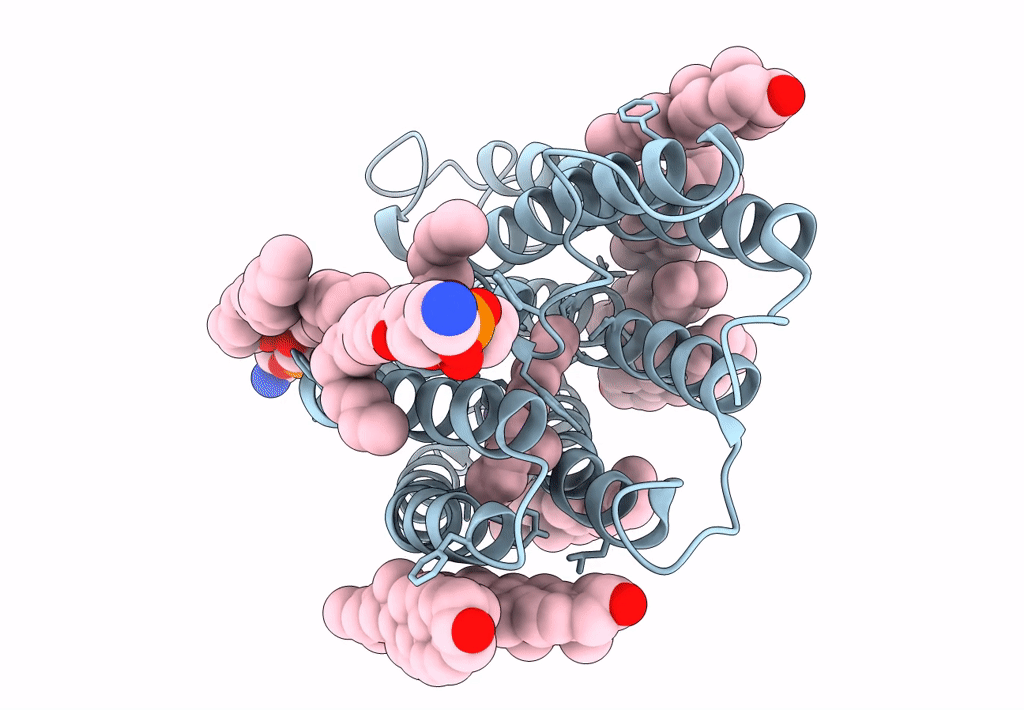
Deposition Date
2023-03-13
Release Date
2023-07-26
Last Version Date
2024-05-01
Entry Detail
PDB ID:
8GI9
Keywords:
Title:
Cation channelrhodopsin from Hyphochytrium catenoides (HcCCR) embedded in peptidisc
Biological Source:
Source Organism:
Hyphochytrium catenoides (Taxon ID: 42384)
Host Organism:
Method Details:
Experimental Method:
Resolution:
2.84 Å
Aggregation State:
PARTICLE
Reconstruction Method:
SINGLE PARTICLE


